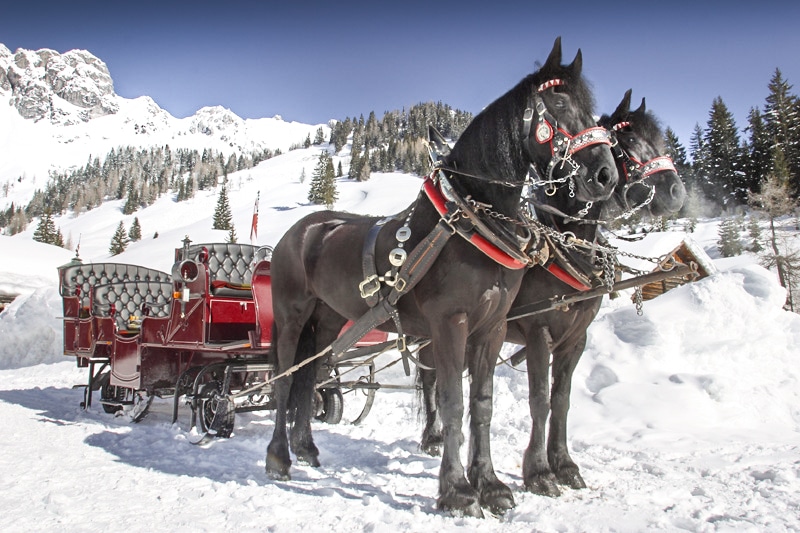Rosemary Tea
 Auror
Auror
In my wip, the setting is a mountainous but pretty well populated land. There are several towns and one sizable hub city all within easy (for the time and place) traveling distance of each other. The main roads connecting them are well traveled, fairly well maintained, and have plenty of roadside inns at decent intervals.
Modern transportation doesn't exist. No motor vehicles. Travel over land is by foot or beast. They have the wheel, so horse drawn carriages, donkey carts, and the like could be used.
Because this is a mountainous region, with some drastic changes in elevation between some of these towns and cities, winter conditions vary greatly from place to place. The highest elevations get a serious snowpack - if ski resorts existed in this world, they could keep them open probably five months of the year, on average - while the lowest only see occasional dustings that don't stick for more than a day or two.
Sledges could be used for winter transportation at the high elevations, but in the lowlands, there wouldn't be enough snow for them. Wheeled transport would be used instead, I would think, throughout the year. But wheels would be useless up in the snow.
So here's my question: if people are traveling from the lowlands, where there's little or no snow, up to where there's lots of snow, how would they do it? There's a pressing reason for this trip; it can't just be delayed until the snow is gone. A sledge would be very useful, perhaps completely indispensible, when they get into the snowpack, but it couldn't be used before then.
Would they change conveyances along the way? What might the setup be?
Modern transportation doesn't exist. No motor vehicles. Travel over land is by foot or beast. They have the wheel, so horse drawn carriages, donkey carts, and the like could be used.
Because this is a mountainous region, with some drastic changes in elevation between some of these towns and cities, winter conditions vary greatly from place to place. The highest elevations get a serious snowpack - if ski resorts existed in this world, they could keep them open probably five months of the year, on average - while the lowest only see occasional dustings that don't stick for more than a day or two.
Sledges could be used for winter transportation at the high elevations, but in the lowlands, there wouldn't be enough snow for them. Wheeled transport would be used instead, I would think, throughout the year. But wheels would be useless up in the snow.
So here's my question: if people are traveling from the lowlands, where there's little or no snow, up to where there's lots of snow, how would they do it? There's a pressing reason for this trip; it can't just be delayed until the snow is gone. A sledge would be very useful, perhaps completely indispensible, when they get into the snowpack, but it couldn't be used before then.
Would they change conveyances along the way? What might the setup be?


 Maester
Maester